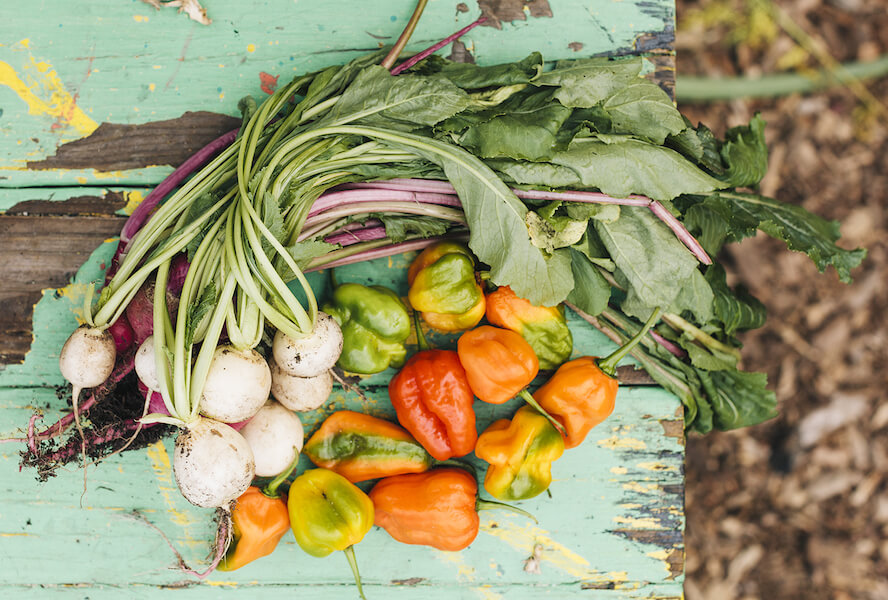
You might remember the 2015 Expo in Milan. The theme was “Feeding the Planet, Energy for Life” and in October of that year, representatives from over 100 cities around the world gathered at this modern iteration of a World’s Fair to sign the Milan Urban Food Policy Pact (MUFPP). These cities, New York among them, committed to “work to develop sustainable food systems that are inclusive, resilient, safe and diverse.” Since then the number of signatory cities has grown to 142.
So what does this commitment actually mean? The MUFPP was born out of a recognition of the critical role that cities must play in the development of sustainable and just food systems, and takes a human rights-based approach to food. The MUFPP also puts climate change front and center, acknowledging both the role that global food systems play in greenhouse gas emissions, and the impact of a changing climate on food production. As the U.S. withdraws from the Paris accord, city-level initiatives to address climate change will become ever more critical.
New York played a key role in drafting the MUFPP, according to NYC’s Director of Food Policy Barbara Turk, and the city has a robust set of food policy initiatives that align with the vision of the pact. Each year, the city produces a Food Metrics Report that highlights progress made toward its commitments to address food insecurity, improve food supply chains and increase healthy food access and awareness.

One of the central tenets of the MUFPP is to “provide healthy and affordable food to all people.” Among the many New York City initiatives to address food insecurity, one success story is the 20 percent increase in enrollment in SNAP food assistance benefits among eligible seniors since 2012. This jump in enrollment comes on the heels of outreach efforts by city agencies and the Food Bank for New York City to ensure access to food assistance for those in need.
The MUFPP also highlights the importance of promoting sustainable diets among urban youth. Through its Eat Well Play Hard and Farm to Preschool programs, the city works with childcare centers and preschools to provide nutrition education and affordable fresh produce for low-income families.
Another focus of the MUFPP is support for the food distribution systems that connect rural and peri-urban areas to urban centers. In 2015, Mayor de Blasio pledged to invest over $150 million to modernize the Hunts Point Distribution Center, which handles 12 percent of all food entering New York City. The investment will help to promote the resiliency of the city’s food supply.
In October of this year, signatory cities of the MUFPP will meet in Valencia to discuss progress toward their commitments and to set measurable targets. These yearly summits allow mayors and city representatives to exchange ideas and celebrate milestones. Though the pact is voluntary, it sharpens focus on city-level efforts to address urban food systems challenges and provides a forum for international collaboration toward equitable and sustainable food systems for all people.



